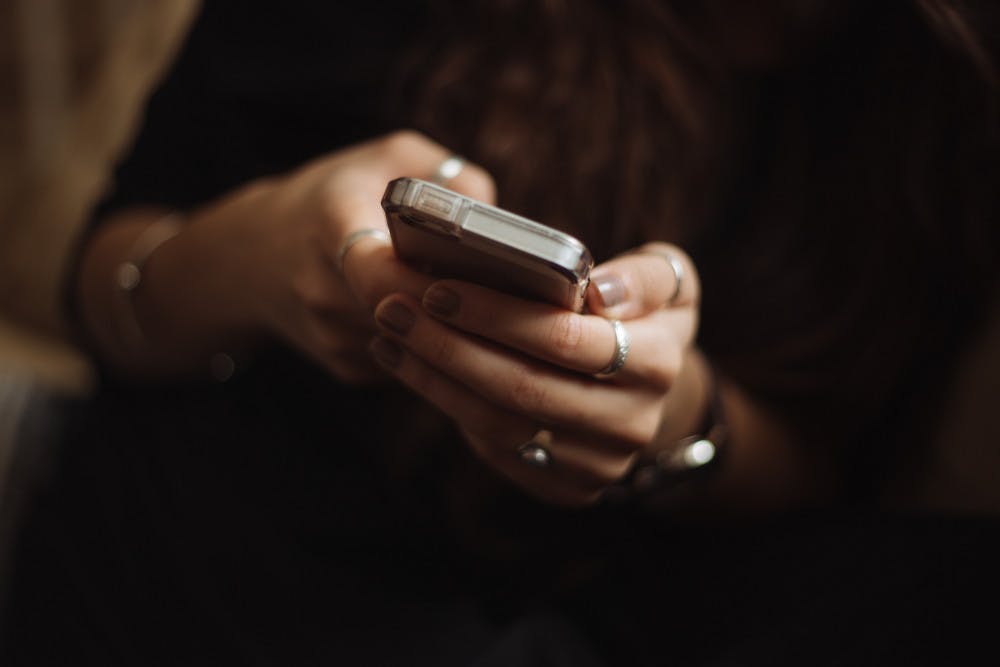The beginning of any first date includes a few things: introductions, awkward small talk and both parties staring at each other to check if their date looks just as good as they did in their profile. With one out of every ten American adults looking for love online, it’s often difficult to stand out from the crowd. Filters and Facetune can help, but what is the differentiation between putting your best self out there and pretending to be someone you’re not?
Catfishing is used to describe a person who poses as someone else online, typically in a romantic setting. It can come in several forms, some harmless and some dangerous. The term catfish was first coined by Nev Schulman in the 2010 documentary "Catfish" after he was led to believe he was dating a dancer who turned out to be a former fisherman’s wife.
But the dating trend didn’t end with Nev. Popular films like "Sierra Burgess is a Loser" and "Nobody’s Fool" show different instances where catfishing had a positive and negative effect. Love is not an impossible outcome from catfishing, but discomfort is more likely to occur.
There are multiple forms of catfishing. The cookie-cutter catfish is someone who claims another person’s selfies as theirs, having little to no relationship to the person they’re using for their online persona. These situations can be the most dangerous, with strangers getting to know your personal information over time and using it to their advantage. Possible dangers of catfishing are the possibility of identity theft, fraud and spying. Typical signs of this catfish include a lack of photos and lack of activity on their social media accounts.
To avoid being catfished, be sure to ask for the person’s social media and check for anything that could verify their identity. Worse comes to worse, ask them to send you a photo through Snapchat. Asking them to use a specific filter or timestamp can make sure they can’t fake the image. Video chatting is also a way to assure yourself they are the right person. Always verify a person’s identity before meeting them in person. Meeting in a public space like a coffee shop or restaurant can be a backup safety measure when meeting for the first time.
Another, more common form is subtle catfishing, which includes heavy editing, photoshop and strategic angling in photos to make the person appear differently than they regularly do. Subtleties range from adding a few inches on your height measurement to using a gender filter on Snapchat to catch a sexual predator. While it may help in getting more matches, it can cause your date to be disappointed and your self-esteem to get hurt.
Smoothing out bad skin and enhancing your figure is a way for people to feel better about how they appear online. And as someone who edits every photo they post, I’m no stranger to feeling insecure about appearances. Putting your true self out into the world can be scary, and rejection can be devastating. But what’s more devastating is the moment your date leaves because they’re not satisfied with what you look like in person.
To avoid being the victim of dating awkwardness, be prepared. Posting photos of yourself is about showing yourself in the best light, but keep in mind that possible dates can only see the version of yourself that you put online. Edited or not, displaying your strengths and weaknesses can help people see the real you. You might not match with the person you thought was your soulmate, but that’s their loss.
Amanda Martinez is a senior telecommunication major. Her column appears on Tuesdays.






